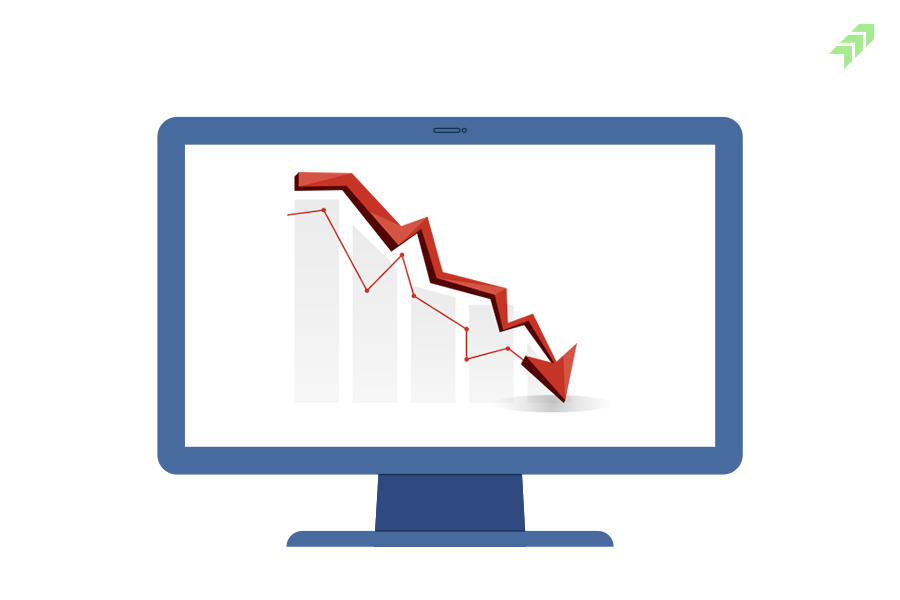Before we cover some ground on the highest dividend paying stocks for FY23. Let’s first understand what a Dividend is.
What is a dividend?
In financial markets, a dividend refers to a reward that is provided by the company to its shareholders. A company can issue a dividend in cash or in kind, which include financial instruments like bonds, bonds, property, bonds, and stocks. Declaration of a decision is done by the board of directors and it requires the shareholder's approval. Declaration of dividends varies from company to company. Some companies don’t believe in awarding shareholders through dividends. They undertake other corporate actions like buybacks, bonuses, etc. However, a company doesn't need to pay dividends. The dividend is usually a part of the profit that the company shares with its shareholders.
Top dividend paying stocks for 2022-2023
| Stock | LTP | Mcap (Rs. cr.) | Div Yield |
| Vedanta | 277.3 | 103041 | 36.6% |
| TV today network | 198.3 | 1173 | 35.31% |
| Hindustan Zinc | 307.8 | 13055 | 24.53% |
| IDFC | 99.7 | 15936 | 11.04% |
| Indian card clothing | 230.0 | 137 | 10.87% |
| IL&FL Invest | 7.5 | 237 | 10.74% |
| Coal India | 277.9 | 140757 | 10.64% |
| INEOS styrolution | 1008.6 | 1781 | 10.31% |
| Bhansali Engg | 165.2 | 2747 | 10.29% |
| Vaibhav Global | 302.1 | 4990 | 9.93% |
| Sanofi India | 7139.7 | 16414 | 7.98% |
| Oil india Ltd | 254.4 | 27544 | 7.86% |
| HPCL | 260.3 | 37024 | 7.68% |
| Goldiam Intnl | 133.2 | 1454 | 7.51% |
What impact does dividend have on stock prices?
Dividends significantly impact share prices, as they provide income to shareholders and indicate a company's profitability. Investors pay a premium for stable and growing dividends, but the stock price drops on the ex-dividend date due to dividend deductions from assets. Consistent dividends attract long-term investors, as they signal financial strength and stability. The effect of dividends on share price depends on a company's growth prospects, with high-growth companies having a limited impact or negative impact. Management's confidence in future cash flows and profitability is crucial for investors, as reduced or canceled dividends can cause a sharp drop in share prices.
What is the Ex-dividend date?
The ex-dividend date is the date a company's stock begins trading without a dividend, and those who purchase on or after the ex-date are not entitled to the upcoming dividend payment. Key dates surrounding dividend payments include the declaration date, record date, ex-dividend date, and payment date. The ex-dividend date occurs 1-2 days before the record date, and the payment date occurs a few weeks after the record date.
Key dates following dividend payments are:
- Declaration date: The date on which the company's board of directors declares the dividend. This is when the dividend amount and payment date are announced.
- Record date: The date used by the company to determine which shareholders are entitled to receive the dividend. Typically 2-3 days after the declaration date.
- Ex-dividend date: The first day that the stock trades without the upcoming dividend. Typically 1-2 days before the record date.
- Payment date: The date on which the company actually distributes the dividend payment to shareholders. Typically a few weeks after the record date.
Calculations related to dividend
- Dividend yield: This is calculated by dividing the annual dividend per share by the current stock price. It shows the percentage return an investor can expect from the dividend payments alone. A higher dividend yield generally indicates a more attractive dividend stock.
Dividend yield = Annual dividend per share / Current stock price
- Dividend payout ratio: This shows what percentage of earnings the company is paying out as dividends. A lower payout ratio indicates the dividend is more sustainable and there is room for future dividend growth.
Dividend payout ratio = (Total dividends paid / Net income) * 100%
- Dividend coverage ratio: This complements the payout ratio by showing how many times a company's earnings cover the dividend payments. A higher coverage ratio indicates a more secure dividend.
Dividend coverage ratio = Net income / Total dividends paid


















No comment yet, add your voice below!